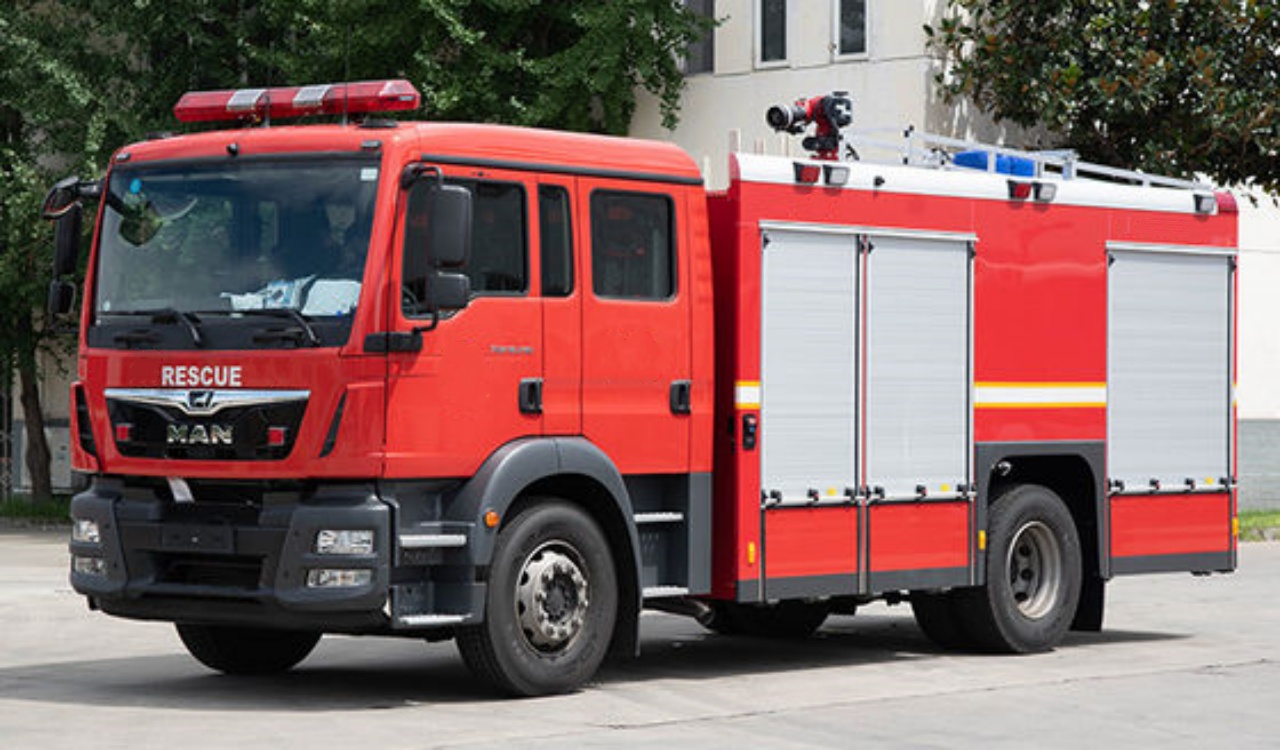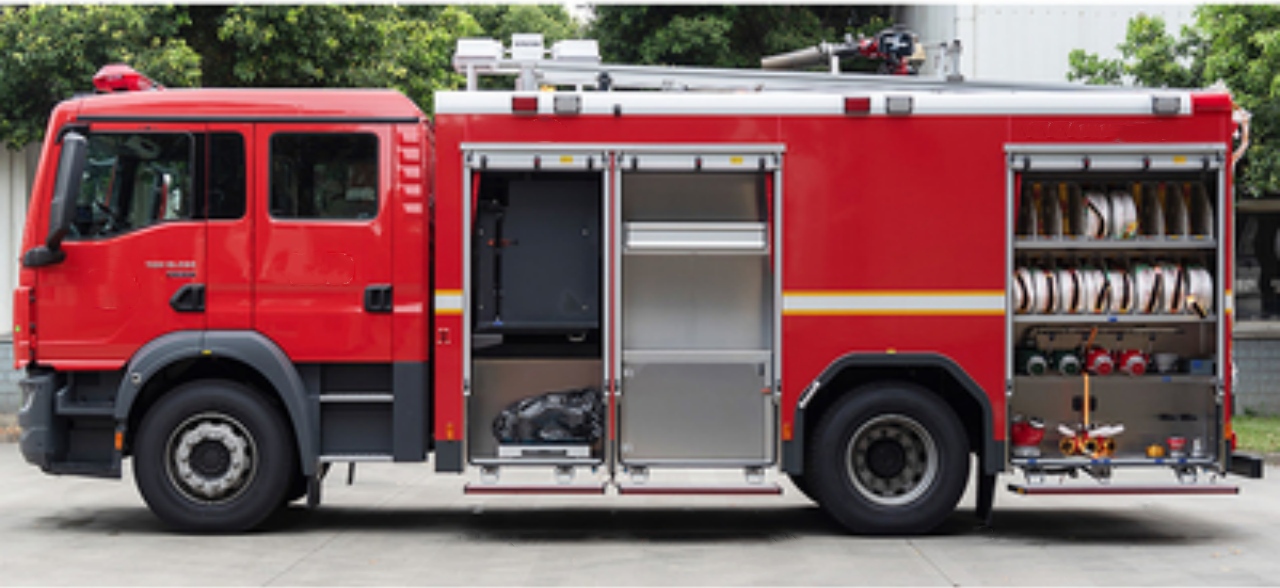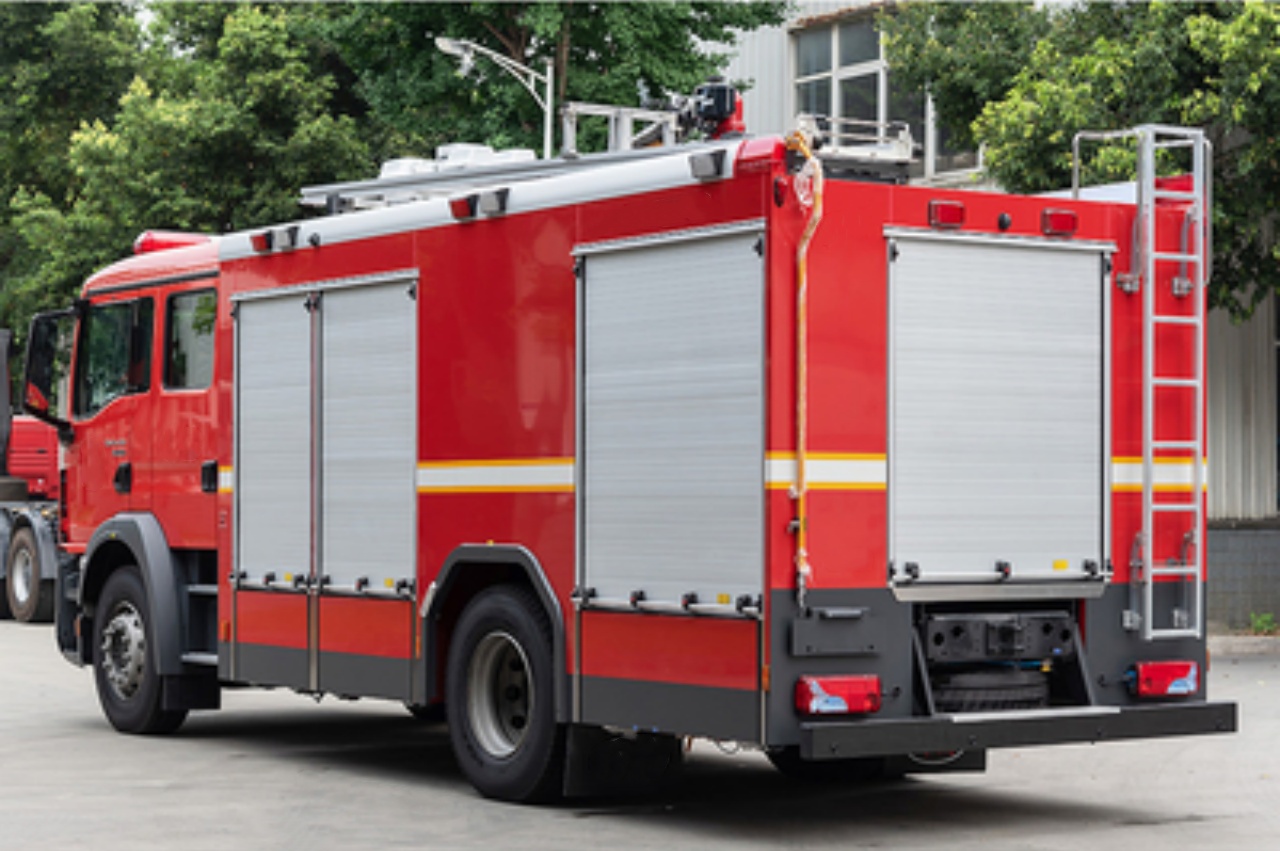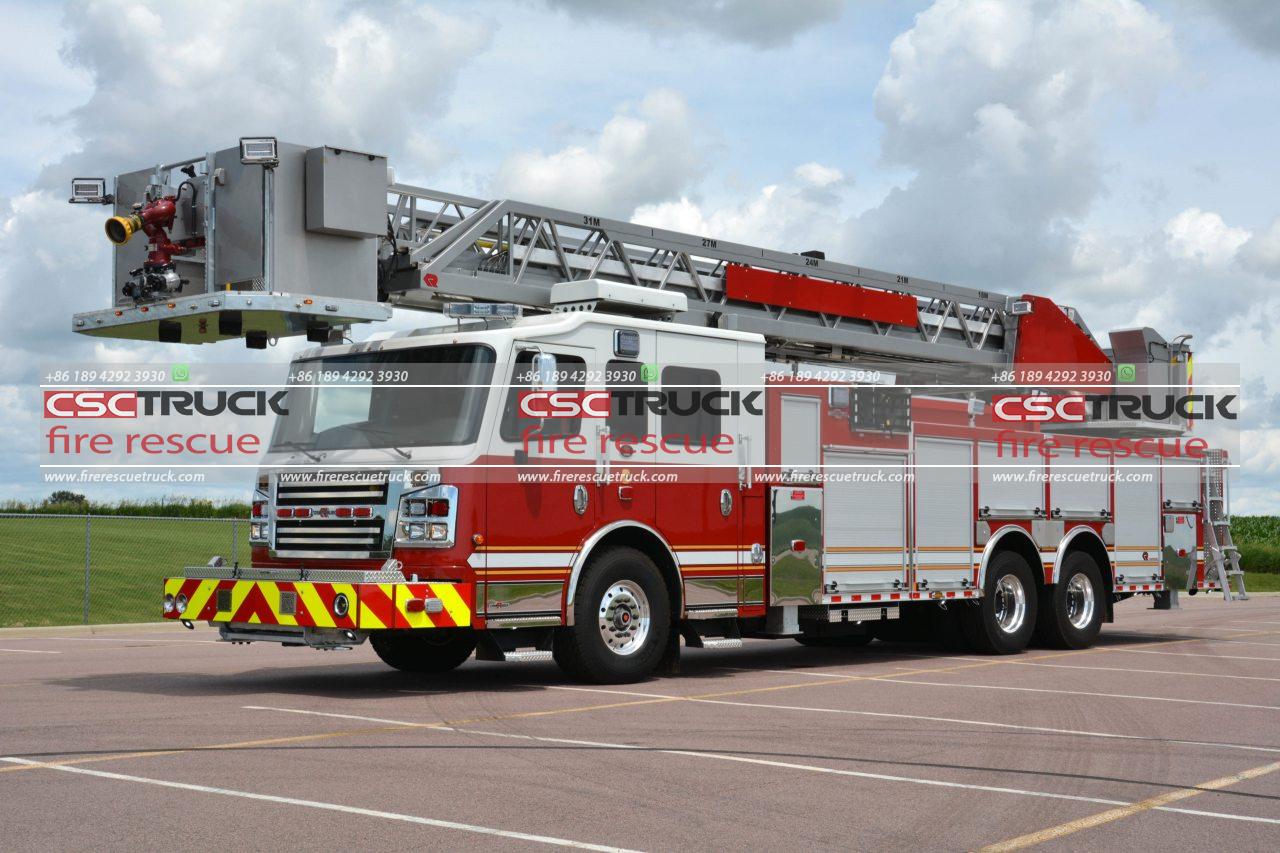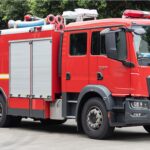When discussing firefighting operations, the term “tender fire” might come up in conversations, particularly in rural or wildland firefighting contexts. However, this term is often misunderstood or confused with other firefighting terminologies. To clarify, a “tender fire” does not refer to a specific type of fire but rather involves a fire tender—a specialized fire truck—and its role in firefighting operations. Let’s explore the meaning of a tender fire, the equipment involved, and the critical role these vehicles play in emergency response.
Understanding the Term “Fire Tender”
Before diving into what a “tender fire” might imply, it’s essential to understand what a fire tender is.
A fire tender, commonly known as a water tender in North America, is a type of firefighting apparatus designed to transport large volumes of water to fire scenes, especially where there is limited or no access to hydrants or natural water sources. Unlike a traditional fire engine, which is typically equipped with powerful pumps, hoses, and ladders for frontline firefighting, a fire tender primarily acts as a water supply vehicle.
Water tenders are essential in rural firefighting operations, wildland fire suppression, and remote area responses. They often serve as a mobile reservoir, supplying water to attack engines or portable tanks to maintain a steady firefighting effort.
What Does “Tender Fire” Mean?
The phrase “tender fire” may be used in several contexts, depending on the speaker and scenario. Here are the most common interpretations:
- A fire involving a fire tender – This could refer to an incident where a fire tender itself has caught fire, either due to mechanical failure, accident, or exposure during a firefighting operation.
- A fire being fought using a tender – In some operational reports or dispatch terminology, “tender fire” might be shorthand for an incident where water tenders are being deployed or heavily relied upon due to a lack of other water sources.
- Slang or shorthand – In casual or regional usage, especially within fire departments or among emergency responders, “tender fire” might simply refer to any fire that necessitates the use of one or more fire tenders.
In official terminology, however, “tender fire” is not a standard classification of fire like “structure fire,” “wildland fire,” or “vehicle fire.” It’s more of an operational reference that may appear in specific contexts.
The Role of Fire Tenders in Firefighting
To fully appreciate what a “tender fire” might imply, it’s important to understand how fire tenders operate in the field and why they are indispensable in many firefighting scenarios.
1. Water Supply in Remote Areas
Fire tenders are primarily deployed in regions where municipal hydrants are not available, such as:
- Rural communities
- Agricultural lands
- Forested and mountainous areas
- Construction or mining sites
In these areas, tenders ensure that water is available to support firefighting units that may not have their large-capacity tanks.
2. Shuttle Operations
In large-scale incidents, multiple water tenders may be used in a relay or shuttle operation. They travel between the fire scene and a water source, like a reservoir, lake, or hydrant, transporting and unloading water into portable tanks that supply the pumpers.
3. Supplemental Water Supply
Even in urban areas, tenders might be used during high-demand events where hydrants are insufficient to supply the required volume of water. They provide a buffer and backup to the existing water infrastructure.
4. Wildland and Interface Fire Support
During wildfires, tenders support brush trucks, engines, and crews by supplying water for initial attacks, mop-up operations, and crew hydration.
Design and Features of Fire Tenders
Fire tenders come in various shapes and capacities depending on the needs of the department. Some of the common features include:
- Tank Capacity: Typically ranges from 1,000 to 5,000 gallons (3,785 to 18,927 liters).
- Pump System: Many tenders are equipped with small pumps to fill and offload water, and some have high-capacity pumps for direct fire suppression.
- Hose Reels and Fittings: Basic hose connections are provided for filling and discharge.
- Portable Tanks: Tenders often carry collapsible tanks that can be set up quickly at a scene to create a temporary water reservoir.
- Off-Road Capabilities: Rural tenders may be 4×4-equipped and have reinforced suspensions for unpaved terrain.
Examples of Tender Fire Scenarios
To illustrate how the term “tender fire” might be used, here are a few realistic scenarios:
Scenario 1: Rural Barn Fire
A fire breaks out in a large barn in a rural area without hydrants. Local fire departments deploy multiple water tenders to supply engines attacking the fire. This situation might be described in radio traffic or post-incident reports as a “tender fire” operation.
Scenario 2: Tender Catches Fire
During a wildfire response, a water tender parked near the fire line is exposed to intense heat and ignites. This would be a “tender fire” — a fire involving the tender itself.
Scenario 3: Wildland Interface Fire
A wildfire approaches a suburban community on the wildland-urban interface. Fire tenders are used to shuttle water to crews establishing fire breaks and defensible space around homes. The command might refer to “tender ops” or “tender fire support” for that segment of the operation.
Misconceptions About the Term
It’s easy to confuse “tender fire” with other phrases. Some misconceptions include:
- It’s not a fire classification: As mentioned earlier, it’s not a distinct type of fire like electrical, chemical, or grease fires.
- It’s not the same as a “fire engine”: Fire engines and fire tenders have different purposes; engines are frontline attack units, while tenders focus on water delivery.
Understanding this terminology helps in correctly interpreting fire reports, news coverage, or technical documents.
Conclusion
While the term “tender fire” might not be an official category of fire, it reflects an important aspect of firefighting operations, particularly in areas where access to water is limited. Whether referring to a fire involving a fire tender or a fire requiring the support of water tenders, the phrase underscores the critical logistical role that these vehicles play in managing and suppressing fires.
Fire tenders are unsung heroes in the world of firefighting, ensuring that when flames break out, even in the most remote or water-scarce areas, crews have the resources they need to fight back. So next time you hear about a “tender fire,” you’ll know it’s less about the type of blaze and more about the vital support that makes extinguishing it possible.



